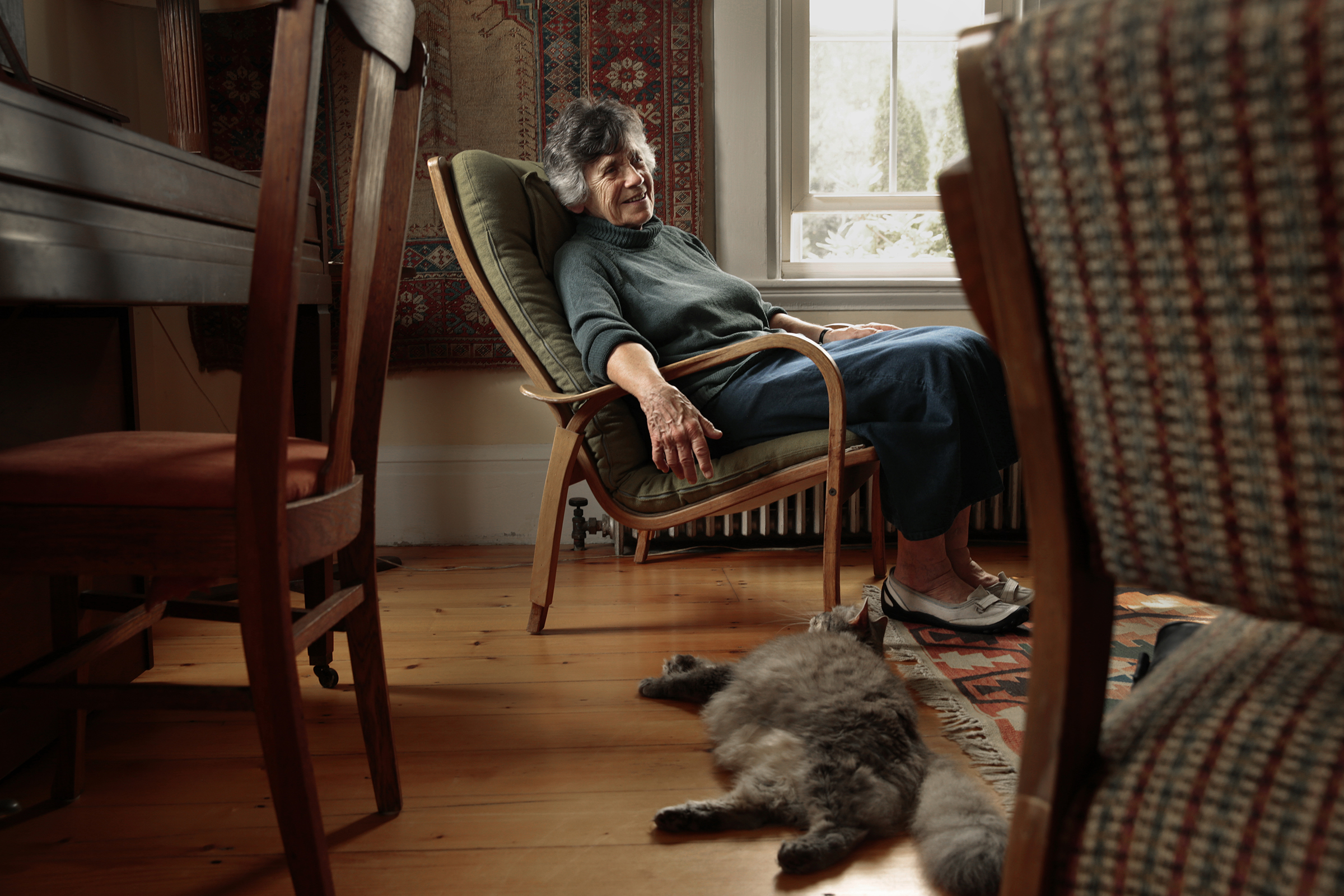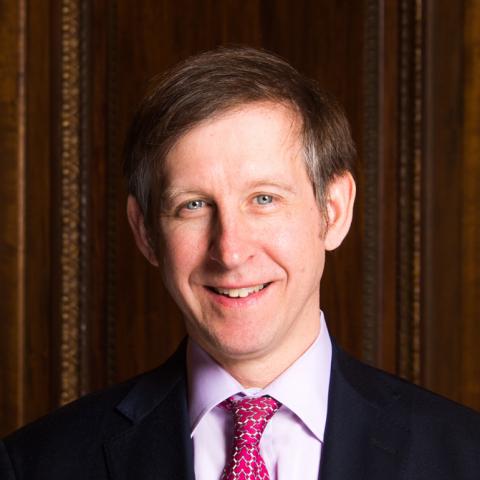In more than a decade of covering health care for the Los Angeles Times, I’ve met a lot of patients. I’ve done interviews in sprawling academic medical centers and modest living rooms, in teeming hospitals in Los Angeles and Seattle and Memphis and in tiny clinics in Hawaii and West Texas and the Mississippi Delta. But I still remember Gertrud Champe.
It wasn’t that Gertrud, who was 79 when I met her in 2013, had some exotic disease. She suffered from a common chronic illness, in her case chronic obstructive pulmonary disease, or COPD. Nor was our interview memorable because of the setting, although that was stunning — a white clapboard farmhouse overlooking the Maine coast. It wasn’t even Gertrud’s fascinating life story of fleeing the Nazis as a child.

Gertrud Champe. Photo credit: Carolyn Cole © 2014 Los Angeles Times. Used with Permission
What I recall was the surprised, slightly bewildered look Gertrud gave me when we talked about the care she’d received from her local health system, chiefly from a nurse named Catherine. “I feel so lucky,” Gertrud told me, shaking her head as if struggling to process both her good fortune and the extraordinary impact of this relationship on her health.
It’s a look I’ve come to recognize in my travels: a lightbulb has gone off, opening patients’ eyes to what health care can do in a system that functions smartly and sensitively.
Gertrud started working with Catherine a few years earlier when her mother was dying, a painful time that shredded Gertrud’s health, causing flare-ups in her COPD that repeatedly landed her in the hospital. Gertrud began meeting regularly with Catherine. They would discuss Gertrud’s work routine translating medical texts, what she was eating, when she went swimming, what made her feel better, and what made her chest seize up and sent her gasping for breath. Catherine was encouraging. Sometimes, she was demanding. Over time, the two women tamed Gertrud’s COPD, keeping her out of the hospital and allowing her to return to her garden, where she tended hydrangeas and lupines or sat on a bench under a gnarled spruce tree. “Catherine was my lifeline,” Gertrud explained. “I don’t think I would be alive if I didn’t have this kind of care.”
There was no great secret to Gertrud’s experience. She was the beneficiary of a strong primary care system. These systems, which really do exist around the country, are compassionate and deeply personal. They are convenient. Physicians, nurses, and others work as a team, focused on attending to patients’ needs. They draw on the best clinical evidence to make decisions, using data systems to meticulously monitor quality. They labor to keep patients out of the hospital. And they think broadly about patients’ overall health and well-being.
They are, in short, what we should all want for ourselves and our loved ones. Indeed, they are precisely what patients say they do want from their health care.
When the National Partnership for Women and Families, a consumer advocacy group, surveyed people across the country about what they wanted in a “patient-centered” health care system, Americans were clear. They wanted clinicians to take time to get to know them and understand them as people, not just as an illness. They wanted clear communication and help navigating the broader health care system. And they wanted convenient access to the people who took care of them — prompt appointments, a place to go evenings and weekends, no excessive waits for care.
If this is what patients want, why do people like Gertrud look surprised when they actually get it?
There is, it seems, a wide gulf separating hopes from expectations. Perhaps we are conditioned to expect a middling experience and can’t believe it could be different. The doctor is running behind, making us wait 45 minutes in a cramped exam room; our prescription gets lost at the pharmacy; the surgeon doesn’t check in after we finish physical therapy. But we just shake our heads. Regina Corso, a pollster who has researched Americans’ views about health care, told me: “I think people are resigned to the fact they’re not going to get what they want.”
Higher patient expectations won’t magically translate into better care. I’ve covered health care long enough to appreciate the awesome power of economic and political forces that shape our system. These forces have created mammoth medical systems, high-deductible health insurance, and surprise medical bills, all of which have little to do with patient well-being.
I suspect there is cost to this fatalism. Because we don’t know to demand any better, we give the powerful corporations and institutions that dominate our health care system a pass. If we let them shape our experiences to suit their interests rather than meet our needs, we make it that much harder to build patient-centered primary care–based systems. “There is so much cynicism,” said Celinda Lake, a veteran pollster who said it has become increasingly challenging in recent years to engage Americans in policy ideas like improving schools or increasing pay for low-wage workers because they can’t imagine change is possible. Low expectations are a major barrier to improvement.
Gertrud learned to expect better. But her experience remains the exception. And the voices of a few patients are not enough against a darker tide.
Unfortunately for Gertrud, that tide more recently seems to have swept into her little corner of Maine, eroding the care she once enjoyed. When I reconnected with her recently, she was approaching her 85th birthday. Her voice was still strong and clear. Her wit was quick. She was grateful for her continued health, but troubled by what she was seeing. The region’s dominant health system has been steadily expanding, and Gertrud noted a change: “It seems to be all about money now. It’s a high-octane, financial organization . . . . It feels like they think they’re doing me a favor every time I go over there.”
